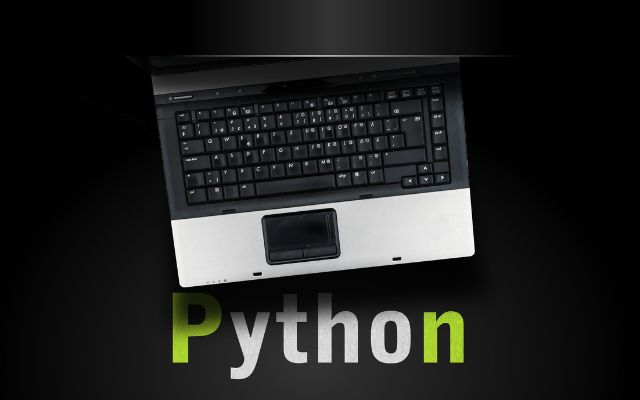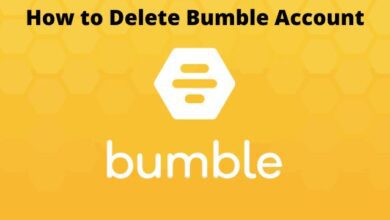How to program in Python for beginners

Here are some tips on how to program in Python for beginners. Python is a high-level, interpreted programming language that is easy to learn and popular among beginners. It has a simple syntax, a large library of modules and tools, and a wide range of applications in areas such as web development, data science, and artificial intelligence. If you’re interested in learning how to program in Python, here are some steps to get started:
How to program in Python for beginners
- Install Python: The first step is to install Python on your computer. You can download the latest version of Python from the official website and install it on your computer.
- Choose a text editor: Python code can be written in any text editor, but some editors provide features that make writing code easier. Some popular text editors for Python are Visual Studio Code, PyCharm, Sublime Text, and Atom.
- Learn the basics: Before you start writing code, it’s essential to learn the basics of programming in Python. This includes understanding data types, variables, loops, conditionals, functions, and object-oriented programming.
- Practice with examples: The best way to learn programming is to practice writing code. There are many resources available online that provide Python examples and exercises for beginners. Some popular resources are Codecademy, W3Schools, and Python.org.
- Use libraries and modules: One of the benefits of Python is the vast number of libraries and modules available for various applications. These libraries and modules provide pre-written code that can be used to complete specific tasks without having to write the code from scratch.
- Build projects: Once you have learned the basics and practiced writing code, the next step is to start building projects. This could be a simple project like building a calculator or a more complex project like building a web application.
- Join a community: Python has a large and supportive community of developers who are willing to help beginners. Joining a community can provide you with resources, help, and opportunities to learn from others.
- How to set up a virtual private network (VPN) on your computer or smartphone
- Which websites, books, or lessons are the best for learning programming?
- How to Build a Career in Data Science: A Guide for Aspiring Data Scientists
What is Python Programming Language?
Python is a high-level, interpreted programming language that was created in the late 1980s by Guido van Rossum. It is designed to be easy to learn and use, and its syntax emphasizes readability and simplicity. Python has become one of the most popular programming languages in the world due to its versatility, large standard library, and strong community of developers.
One of the key features of Python is its clear and concise syntax. This makes it easy for beginners to learn and for experienced developers to write code quickly and efficiently. Python also has a large standard library that includes modules for tasks such as web development, data analysis, scientific computing, and more. These modules provide a wide range of functionality that can be used in many different applications.
Python is an interpreted language, which means that it does not need to be compiled before running. This makes it easy to write and test code, and also allows for quick debugging and iteration. Python can be used for a wide range of applications, including web development, data analysis, machine learning, scientific computing, and more.
In addition to its simplicity and versatility, Python is also known for its strong community of developers. This community has created many libraries, tools, and frameworks that make Python even more powerful and useful. Popular libraries and frameworks include NumPy, Pandas, Flask, Django, and TensorFlow.
Overall, Python is a powerful and versatile programming language that is widely used in many different industries and applications. Its simplicity and ease of use make it a popular choice for beginners, while its versatility and power make it a popular choice for experienced developers as well.
Conclusion
Learning to program in Python is a great way to get started in programming. By following these steps, you can start learning the basics, practicing with examples, and building projects. With time and practice, you’ll be able to write code in Python and create your own applications. Remember to stay patient and persistent, and don’t hesitate to seek help from the community when you need it.





